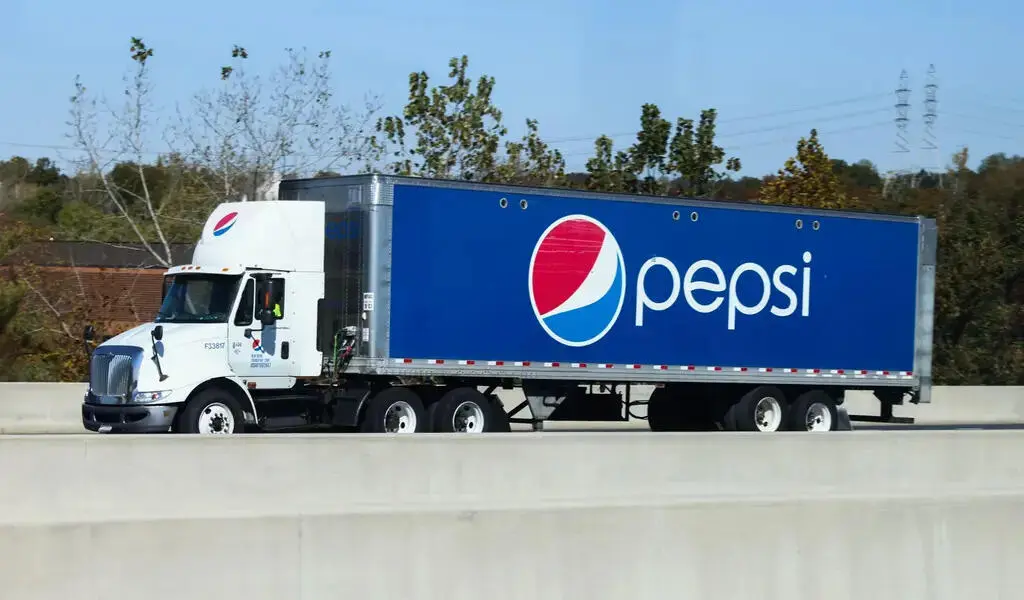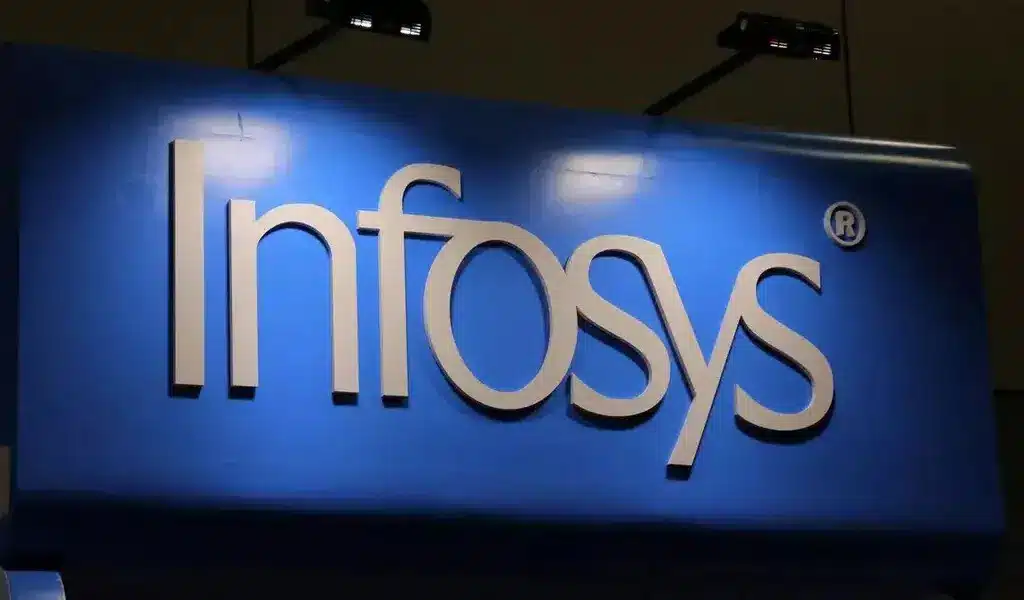Business
ERP Systems- A Necessity
ERP System – Every business is unique, and this holds true even for Fortune 500 companies. However, there is a common thread that runs through these successful enterprises, apart from their scale and profitability: their reliance on enterprise resource planning software (ERP).
ERP systems play a vital role in the efficient management of business data, making them indispensable for large corporations.
Imagine the chaos that would ensue if customer records were scattered across disparate software packages, financial and human resource data were decentralized, processes lacked monitoring and standardization, and critical areas such as inventory and shipping remained disconnected.
The implementation of an ERP system empowers larger firms to exhibit the traits that define their size and success. But what often goes unnoticed is that small and medium-sized businesses can also greatly benefit from embracing ERP.
Regardless of the size of your organization, the advantages offered by ERP solutions are equally applicable and significant.
Why Small and Medium-Sized Businesses (SMBs) Should Embrace ERP Systems
It’s a common misconception that only large companies reap the benefits of an ERP system. In reality, small and medium-sized businesses (SMBs) with revenue ranging from $5 million to $10 million can also significantly enhance their operations by implementing an ERP system.
1. Unifying Data for Smooth Operations
One compelling reason for SMBs to adopt an ERP system is the consolidation of data, which establishes a single source of truth for the entire organization.
With all data housed within a centralized system, managing information becomes significantly easier, ensuring accuracy and eliminating discrepancies or duplications. Integrating different sets of data, such as inventory and sales, becomes a unified process when everything resides within the same system.
Moreover, a centralized ERP system provides precise control over data access, acting as the nerve center of the business. By unifying the interface across all IT systems, it not only facilitates data accessibility but also reduces operational silos, fostering seamless operations.
2. Process Automation
One compelling justification for SMBs to adopt an ERP system is its profound impact on business processes. From its inception, ERP has been synonymous with process automation, and contemporary ERP solutions offer SMBs a powerful tool to harness their IT infrastructure for optimal efficiency across various domains.
Areas such as payroll, logistics, order fulfillment, shipping, and supplier reorders can all benefit from the automation capabilities provided by ERP systems.
By implementing an ERP system, SMBs can establish standardized business processes that not only drive operational improvements through the adoption of best practices but also mitigate manual errors.
3. Complete Customer Management
When a firm is really small, it knows all its customers. As a business gets larger, however, a disconnect forms as multiple employees engage with customers at various touch points.
ERP helps businesses that have grown beyond a founder to effectively manage and unify customer data and interactions so there is a better and more informed customer interactions. With ERP, all customer data is centralized, and this data can be partially or fully exposed to each employee who interacts with a customer.
A better, more complete customer experience comes from having an ERP system in place, and the benefits of knowing the full range of interactions with a customer should not be underestimated. These benefits include buying history, upsell opportunities and past engagement, among others.
4. Real-Time Visibility for SMBs
In today’s fast-paced business landscape, real-time reporting and operational visibility are crucial. This is precisely why small and medium-sized businesses (SMBs) should prioritize the implementation of an ERP system.
By channeling all business data into an ERP system in real-time, employees and managers gain the power to stay updated on every aspect of the business. The data displayed may vary depending on their roles within the company.
With intuitive dashboards and access to real-time information, decision-making processes are accelerated, enabling more informed choices.
This becomes particularly crucial for businesses operating in competitive markets, catering to fickle consumer preferences, or managing intricate networks of suppliers and partners.
Harnessing SMBs with Cloud-Based Solutions
One of the primary reasons why larger companies have traditionally embraced ERP while many smaller firms have not is the financial barrier that once existed for SMBs. Historically, the implementation, software licensing, and hardware costs associated with ERP were exorbitant, often reaching millions of dollars.
However, the domain has undergone a significant transformation with the rise of cloud-based ERP solutions. These innovative platforms, like SAP Business One and SAP Business ByDesign, have revamped the affordability of ERP systems for SMBs.
By eliminating hardware and maintenance expenses and streamlining implementation through standardized cloud solutions, the financial burden has been significantly alleviated.
What used to demand years of implementation and millions of dollars can now be accomplished within several months, at a fraction of the cost, starting as low as $50,000.
Furthermore, the subscription-based model adopted by cloud ERP solutions enables SMBs to acquire the precise resources they currently require, with the flexibility to scale the system as their business expands. This adaptability ensures that SMBs can align their ERP investment with their immediate needs, facilitating cost-effective growth and optimization.
Lastly, the notion that ERP systems are solely beneficial for large corporations is outdated. Small and medium-sized businesses can gain significant advantages by embracing ERP solutions.
From unifying data and streamlining processes to enhancing customer management and facilitating real-time visibility, ERP systems provide SMBs with the tools they need to compete in today’s competitive business landscape.
The advent of cloud-based ERP solutions has made these systems more accessible and affordable for SMBs. With reduced implementation costs, scalability options, and streamlined compliance and reporting, cloud ERP empowers small and medium-sized businesses to optimize their operations, drive growth, and remain competitive in an ever-evolving market. Embracing ERP is no longer a luxury but a necessity for SMBs seeking sustainable success.s
SEE ALSO: Thailand’s Inflation Surprises With Slowest Growth In 22 Months, Consumer Price Forecasts Revised

Business
PepsiCo Reduces Revenue Projections As North American Snacks And Key International Markets Underperform.

(VOR News) – In the third quarter of this year, Pepsi’s net income was $2.93 billion, which is equivalent to $2.13 per share. This was attributed to the company.
This is in stark contrast to net income of $3.09 billion, which is equivalent to $2.24 per share, during the same period in the previous year. The company’s earnings per share were $2.31 when expenses were excluded.
Net sales decreased by 0.6%, totaling $23.32 billion. Organic sales increased by 1.3% during the quarter when the effects of acquisitions, divestitures, and currency changes are excluded.
Pepsi’s beverage sales fell this quarter.
The most recent report indicates that the beverage and food sectors of the organization experienced a 2% decline in volume. Consumers of all income levels are demonstrating a change in their purchasing habits, as indicated by CEOs’ statements from the previous quarter.
Pepsi’s entire volume was adversely affected by the lackluster demand they encountered in North America. An increasing number of Americans are becoming more frugal, reducing the number of snacks they ingest, and reducing the number of times they purchase at convenience stores.
Furthermore, Laguarta observed that the increase in sales was partially attributed to the election that occurred in Mexico during the month of June.
The most significant decrease in volume was experienced by Quaker Foods North America, which was 13%. In December, the company announced its initial recall in response to a potential salmonella infection.
Due to the probability of an illness, the recall was extended in January. Pepsi officially closed a plant that was implicated in the recalls in June, despite the fact that manufacturing had already been halted.
Jamie Caulfield, the Chief Financial Officer of Pepsi and Laguarta, has indicated that the recalls are beginning to have a lessening effect.
Frito-Lay experienced a 1.5% decline in volume in North America. The company has been striving to improve the value it offers to consumers and the accessibility of its snack line, which includes SunChips, Cheetos, and Stacy’s pita chips, in the retail establishments where it is sold.
Despite the fact that the category as a whole has slowed down in comparison to the results of previous years, the level of activity within the division is progressively increasing.
Pepsi executives issued a statement in which they stated that “Salty and savory snacks have underperformed year-to-date after outperforming packaged food categories in previous years.”
Pepsi will spend more on Doritos and Tostitos in the fall and winter before football season.
The company is currently promoting incentive packets for Tostitos and Ruffles, which contain twenty percent more chips than the standard package.
Pepsi is expanding its product line in order to more effectively target individuals who are health-conscious. The business announced its intention to acquire Siete Foods for a total of $1.2 billion approximately one week ago. The restaurant serves Mexican-American cuisine, which is typically modified to meet the dietary needs of a diverse clientele.
The beverage segment of Pepsi in North America experienced a three percent decrease in volume. Despite the fact that the demand for energy drinks, such as Pepsi’s Rockstar, has decreased as a result of consumers visiting convenience stores, the sales of well-known brands such as Gatorade and Pepsi have seen an increase throughout the quarter.
Laguarta expressed his opinion to the analysts during the company’s conference call, asserting, “I am of the opinion that it is a component of the economic cycle that we are currently experiencing, and that it will reverse itself in the future, once consumers feel better.”
Additionally, it has been noted that the food and beverage markets of South Asia, the Middle East, Latin America, and Africa have experienced a decline in sales volume. The company cut its forecast for organic revenue for the entire year on Tuesday due to the business’s second consecutive quarter of lower-than-anticipated sales.
The company’s performance during the quarter was adversely affected by the Quaker Foods North America recalls, the decrease in demand in the United States, and the interruptions that occurred in specific international markets, as per the statements made by Chief Executive Officer Ramon Laguarta.
Pepsi has revised its forecast for organic sales in 2024, shifting from a 4% growth rate to a low single-digit growth rate. The company reiterated its expectation that the core constant currency profitability per share will increase by a minimum of 8% in comparison to the previous year.
The company’s shares declined by less than one percent during premarket trading. The following discrepancies between the company’s report and the projections of Wall Street were identified by LSEG in a survey of analysts:
SOURCE: CNBC
SEE ALSO:
Old National Bank And Infosys Broaden Their Strategic Partnership.
Business
Old National Bank And Infosys Broaden Their Strategic Partnership.

(VOR News) – Old National Bank, a commercial bank with its headquarters in the Midwest, and Infosys, a firm that specializes in information technology, have recently entered into a strategic expansion of their link, which has been in place for the past four years.
This expansion is more likely to take place sooner rather than later, with the likelihood being higher.
For the purpose of making it possible for Old National Bank to make use of the services, solutions, and platforms that are offered by Infosys, the objective of this expansion is to make it possible for the bank to transform its operations and processes through the application of automation and GenAI, as well as to change significant business areas.
This lets the bank leverage Infosys’ services, solutions, and platforms.
Old National Bank Chairman and CEO Jim Ryan said, “At Old National, we are committed to creating exceptional experiences for both our customers and our fellow employees.”
This statement is applicable to Old National Bank. Infosys is carefully managing the business process innovations that it is putting us through, putting a strong emphasis on efficiency and value growth throughout the process to ensure that it is carried out efficiently.
This is a routine occurrence throughout the entire operation. Because of Infosys’ dedication to our development and success, we are incredibly appreciative of the assistance they have provided.
Old National has been receiving assistance from Infosys in the process of updating its digital environment since the year 2020, according to the aforementioned company.
Ever since that time, the company has been providing assistance. The provision of this assistance has been accomplished through the utilization of a model that is not only powerful but also capable of functioning on its own power.
Infosys currently ranks Old National thirty-first out of the top thirty US banks.
This ranking is based on the fact that Old National is the nation’s largest banking corporation.
It is estimated that the total value of the company’s assets is approximately fifty-three billion dollars, while the assets that are currently being managed by the organization are valued at thirty billion dollars.
Dennis Gada, the Executive Vice President and Global Head of Banking and Financial Services, stated that “Old National Bank and Infosys possess a robust cultural and strategic alignment in the development, management, and enhancement of enterprise-scale solutions to transform the bank’s operations and facilitate growth.”
This remark referenced the exceptional cultural and strategic synergy between the two organizations. Dennis Gada is the one who asserted this claim. This was articulated explicitly concerning the exceptional cultural congruence and strategy alignment of the two organizations.
We are pleased to announce that the implementation of Infosys Topaz will substantially expedite the transformation of Old National Bank’s business processes and customer service protocols. We are exceedingly enthusiastic about this matter. We are quite thrilled about this specific component of the scenario.
Medium-sized banks operating regionally will continue to benefit from our substantial expertise in the sector, technology, and operations. This specific market segment of Infosys will persist in benefiting from our extensive experience. This phenomenon will enable this market sector to sustain substantial growth and efficiency benefits.
SOURCE: THBL
SEE ALSO:
American Water, The Largest Water Utility In US, Is Targeted By A Cyberattack
States Sue TikTok, Claiming Its Platform Is Addictive And Harms The Mental Health Of Children
Qantas Airways Apologizes After R-Rated Film Reportedly Airs On Every Screen During Flight
Business
American Water, The Largest Water Utility In US, Is Targeted By A Cyberattack

The largest regulated water and wastewater utility company in the United States stated Monday that it had been the target of a cyberattack, forcing the company to halt invoicing to consumers.
American Water, The Largest Water Utility In US, Is Targeted By A Cyberattack
American Water, based in New Jersey and serving over 14 million people in 14 states and 18 military facilities, said it learned of the unauthorized activity on Thursday and quickly took precautions, including shutting down certain systems. The business does not believe the attack had an impact on its facilities or operations and said employees were working “around the clock” to determine the origin and scale of the attack.

According to their website, American Water operates over 500 water and wastewater systems in around 1,700 communities across California, Georgia, Hawaii, Illinois, Indiana, Iowa, Kentucky, Maryland, Missouri, New Jersey, Pennsylvania, Tennessee, Virginia, and West Virginia.
SOURCE | AP
-

 News4 years ago
News4 years agoLet’s Know About Ultra High Net Worth Individual
-
Entertainment2 years ago
Mabelle Prior: The Voice of Hope, Resilience, and Diversity Inspiring Generations
-
News11 years ago
Enviromental Groups Tell Mekong Leaders Lao Dam Evaluation Process Flawed
-

 Health4 years ago
Health4 years agoHow Much Ivermectin Should You Take?
-

 Tech3 years ago
Tech3 years agoTop Forex Brokers of 2023: Reviews and Analysis for Successful Trading
-

 Lifestyles3 years ago
Lifestyles3 years agoAries Soulmate Signs
-

 Entertainment3 years ago
Entertainment3 years agoWhat Should I Do If Disney Plus Keeps Logging Me Out of TV?
-

 Health3 years ago
Health3 years agoCan I Buy Ivermectin Without A Prescription in the USA?